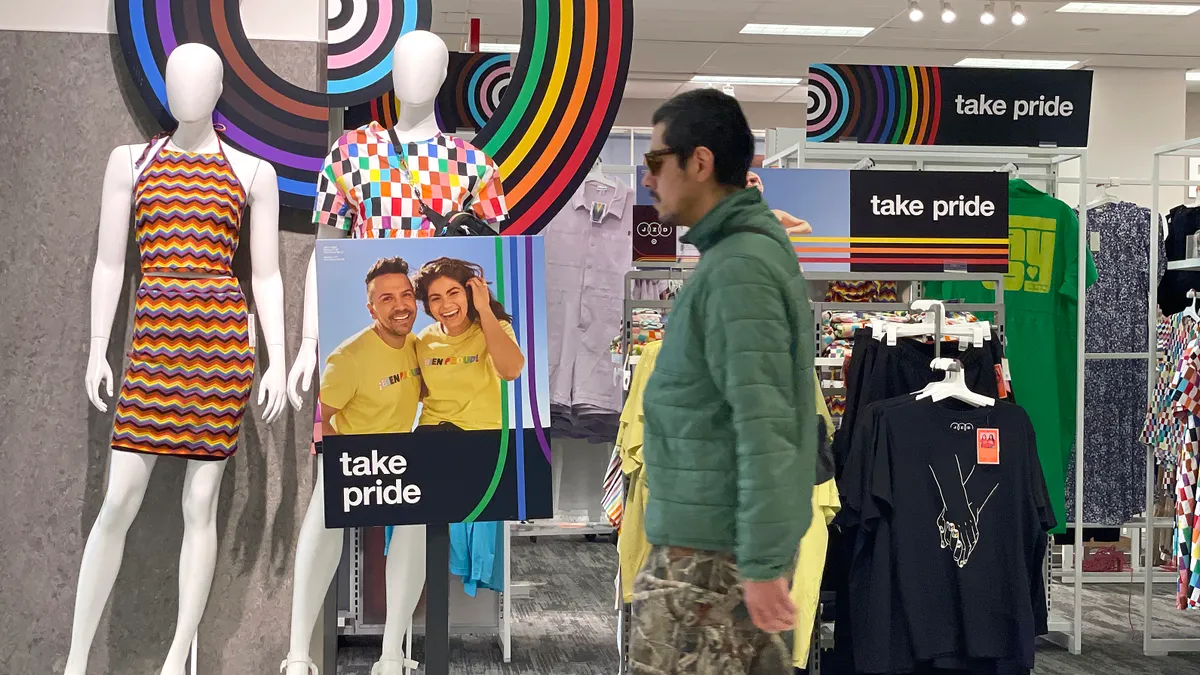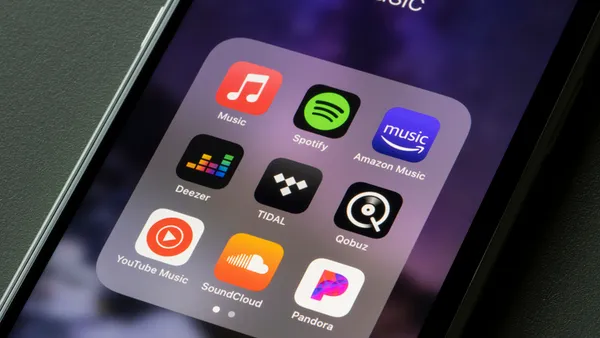Dive Brief:
-
Augmented reality (AR) usage for shopping is on the rise, and consumers — particularly those on Snapchat — are increasingly seeking out the technology during browsing and buying sessions, according to a new study released this week by Publicis Media, Snapchat's parent company Snap and Alter Agents.
-
Snapchatters are 56% more likely than consumers not on the social media app to use branded AR lenses, which increase the likelihood to purchase. This trend is especially true in categories like home decor (73%), product personalization (73%) and demonstration (70%), and virtual try-on (72%), per the study conducted in France, Saudi Arabia, the U.K. and U.S.
-
About three in four survey respondents predicted AR will play a larger role in how people shop over the next five years, suggesting marketers will continue to experiment with immersive lenses to meet consumer expectations. Two in three who said they would use branded lenses for shopping also agreed they are likely to purchase an item after interacting with a brand's AR experience.
Dive Insight:
Snap's latest study with Publicis Media and Alter Agents tries to underscore how branded AR experiences can positively influence consumers throughout the shopping journey, helping them to learn about potential purchases, virtually try on items and ultimately boost brand perceptions.
The coronavirus pandemic accelerated the role of AR in shopping, with people using the tech from home to more closely inspect goods online before buying. That behavior may persist after the pandemic, as shoppers become accustomed to virtual try-ons. More than half of survey respondents said they actively search for AR experiences, with the most common way of doing so through platforms like Snapchat, per the study. The uptick in integrating AR into the shopping journey comes as consumers expect more from brands.
"Brands need to consider the utility and widespread appeal of AR-based experiences when developing marketing and engagement strategies, as the data shows that it's becoming critical to long-term success,” David Roter, Snap's vice president of global agency and brand partnerships, said in a press release.
The study also found that, while Gen Z is most familiar with AR in general and has the highest conversion rates, older consumers in the millennial and Gen X cohorts also show interest in branded AR and a high likelihood to purchase items after interacting with these types of immersive lenses.
Snap has continued to round out its commerce capabilities, recently partnering with Poshmark to create a new social shopping experience in Snapchat. The feature, dubbed Poshmark Mini, lets users browse curated products, attend virtual shopping events (Posh Parties) and shop top brands without leaving the app. The social media platform has had its sights set on shopping as far back as 2016, investing in new features and collaborations as it ventures deeper into social commerce. Last year, it began streaming its first shoppable show featuring streetwear partnerships with celebrities and designers.
Snapchat's features helped brands reach housebound consumers who avoided visiting stores in person during the height of the pandemic, Snap executives said in an April earnings announcement. Top features discussed include branded AR lenses, which were adopted by advertisers looking to showcase products in nontraditional channels like social AR.
Adoption of AR shopping will continue to swell, Snap's management said during an April conference call with analysts. One executive cited a study the company commissioned from Deloitte that found 94% of people expect to use AR for shopping the same or more in 2022 than they will this year.













